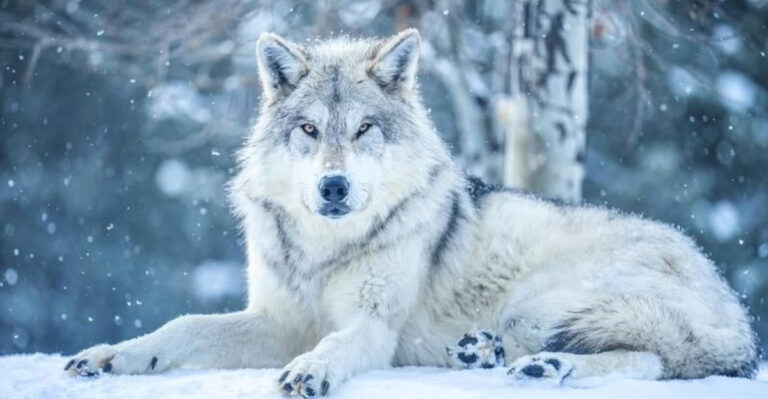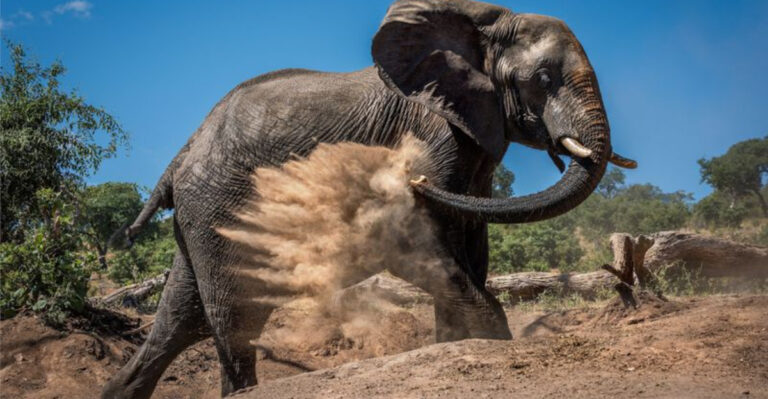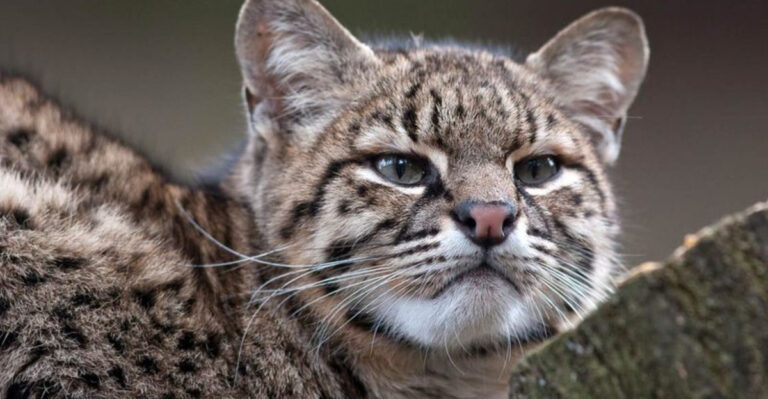7 Fierce Australian Predators That Keep Invasive Species In Check
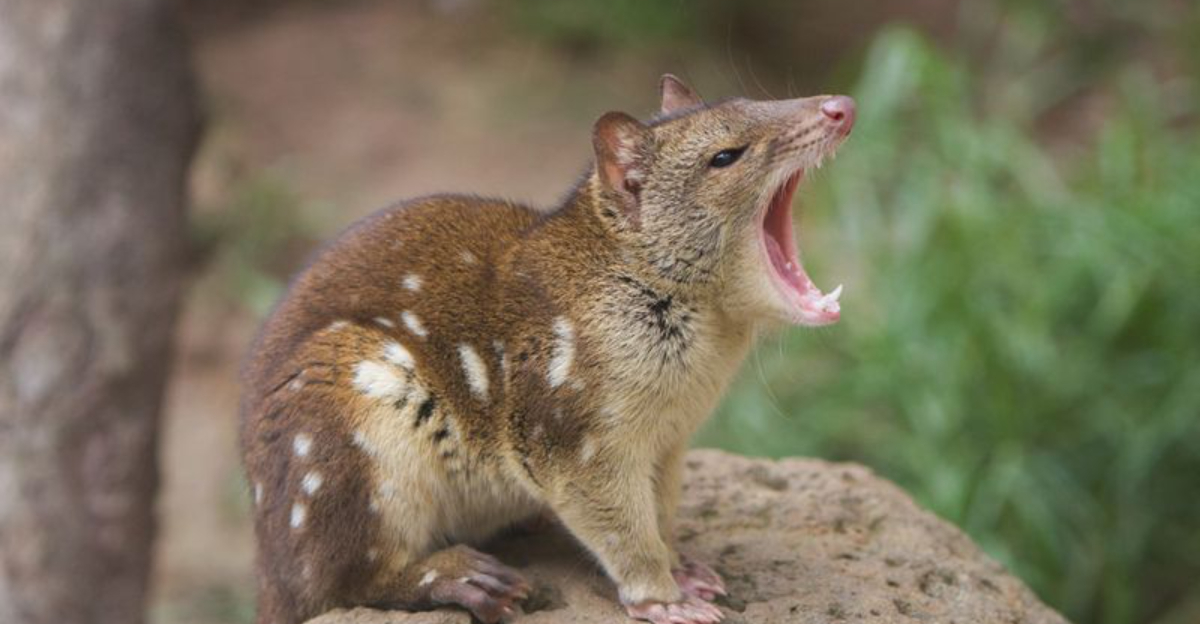
Australia’s unique ecosystem faces constant threats from invasive species that damage native habitats. Fortunately, the continent’s remarkable predators have stepped up to the challenge.
These natural hunters help maintain ecological balance by controlling populations of introduced pests like rabbits, rats, and feral cats—often more effectively than human intervention ever could.
Dingoes – Nature’s Top Land Predator
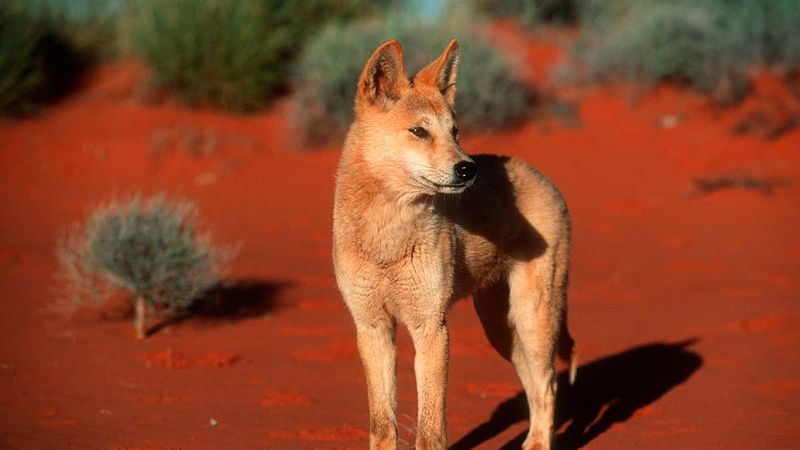
Golden-coated and fiercely territorial, dingoes prowl across Australia’s diverse landscapes as the continent’s apex land predator. Their hunting prowess targets invasive rabbits, feral goats, and even cats that threaten native wildlife.
Scientists have documented remarkable ecosystem recoveries in areas with healthy dingo populations. Where these wild canines thrive, vegetation rebounds and smaller native species find refuge from introduced competitors.
Eastern Brown Snakes – Lethal, But Ecologically Helpful
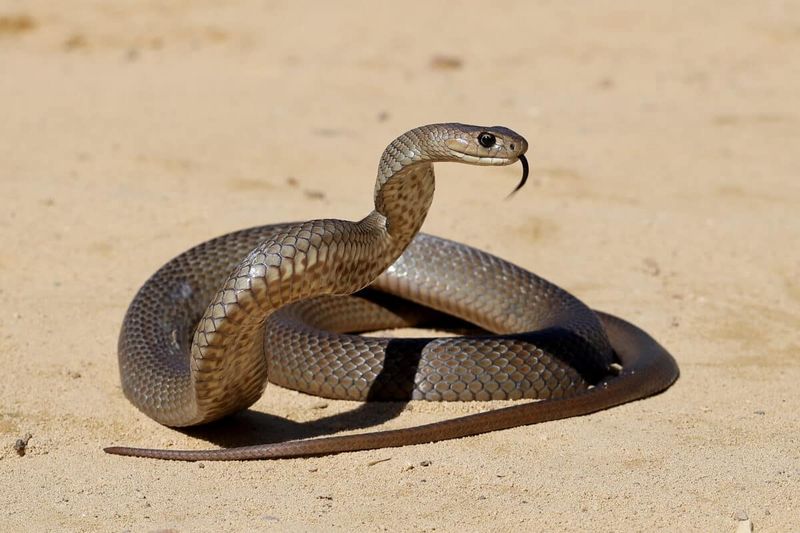
Behind those unblinking eyes lies Australia’s unexpected ally against invasive rodents. Eastern browns slither through farmlands and bushland alike, their lightning-fast strikes eliminating countless mice and rats that devastate crops.
Despite their fearsome reputation—they possess the world’s second-most toxic venom—these snakes rarely pursue humans. Their true ecological value emerges during rodent plagues, when a single snake can consume dozens of destructive pests weekly.
Wedge-Tailed Eagles – Sky Kings With A Taste For Feral Intruders
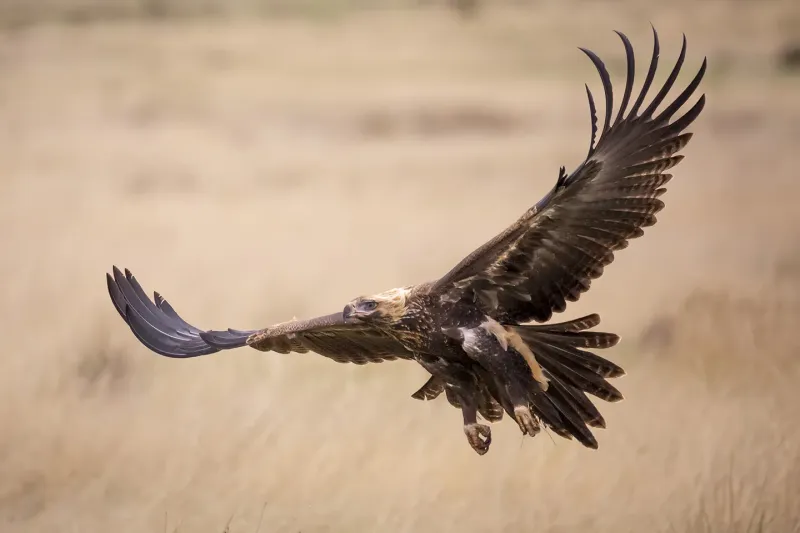
Soaring on massive two-meter wingspans, these majestic raptors scan vast territories for movement below. Wedge-tailed eagles have adapted brilliantly to Australia’s changing landscape, incorporating invasive rabbits and even young foxes into their diet.
Their exceptional vision spots prey from kilometers away. Rural farmers often report seeing these magnificent birds circling above rabbit warrens, providing natural pest control that reaches remote areas inaccessible to human intervention.
Carpet Pythons – Silent Strikers Of The Suburbs
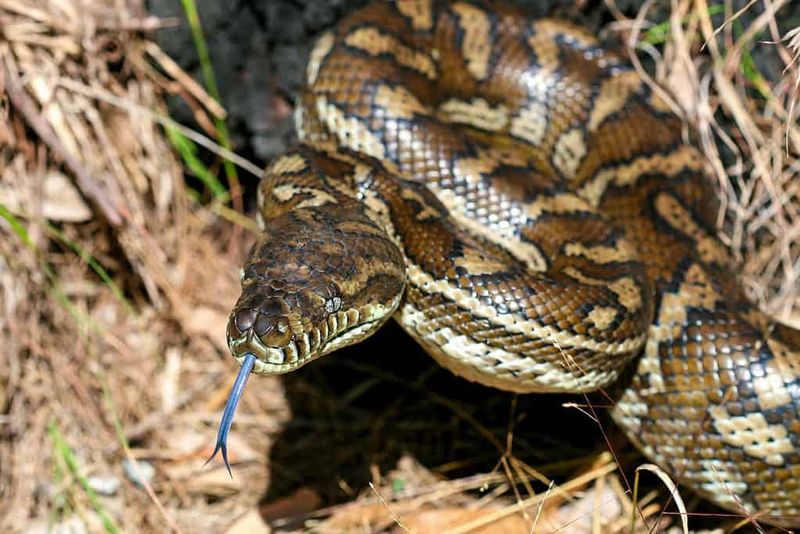
Draped across suburban rafters or coiled in garden sheds, these impressive constrictors lead double lives as both neighborhood residents and pest controllers. Their patient hunting strategy proves devastatingly effective against invasive rodents and birds.
A single adult python can eliminate dozens of destructive rats annually. Unlike many predators, carpet pythons thrive alongside human development, becoming unexpected allies in our backyards and bushland fringes.
Quolls – Small But Mighty Marsupial Predators

With spotted coats and fierce determination, these cat-sized marsupials punch well above their weight class. Quolls fearlessly tackle rodents, insects, and even challenge young rabbits despite their diminutive size.
Conservation efforts now focus on reintroducing these native hunters to areas overrun with invasive species. Their remarkable adaptability makes them perfect candidates for restoring ecological balance, especially in regions where feral cats have devastated local wildlife.
Australian Lace Monitors – Reptilian Scavengers With An Appetite For Invasives
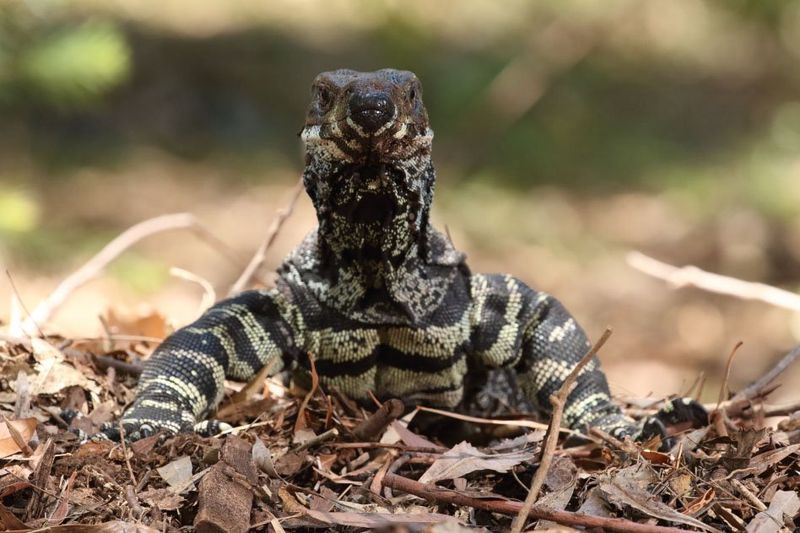
Armored with sharp claws and flickering tongues, these impressive goannas patrol Australia’s forests with prehistoric presence. Lace monitors possess remarkable metabolic adaptations that allow them to process toxins that would kill other predators.
This unique ability makes them particularly valuable against invasive cane toads. While not immune to all toad toxins, young monitors can consume small toads with fewer ill effects, potentially evolving greater resistance over generations.
Powerful Owls – Nighttime Hunters Of Urban Invaders
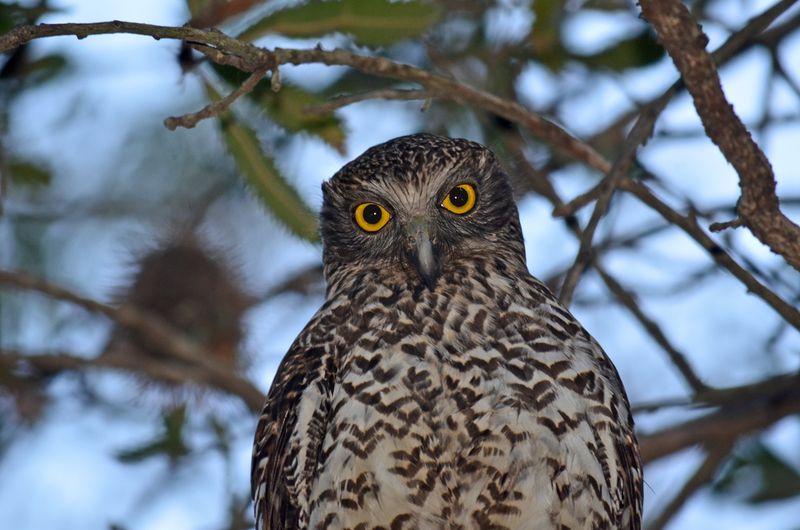
Ghost-like wings carry these formidable hunters through city parks and forest remnants alike. Standing nearly 60cm tall with piercing yellow eyes, powerful owls strike fear into invasive possums and rats that plague urban ecosystems.
Their silent flight and exceptional night vision make them perfectly equipped for urban hunting. A single breeding pair can remove hundreds of invasive mammals annually, maintaining ecological balance even within Australia’s most developed areas.


